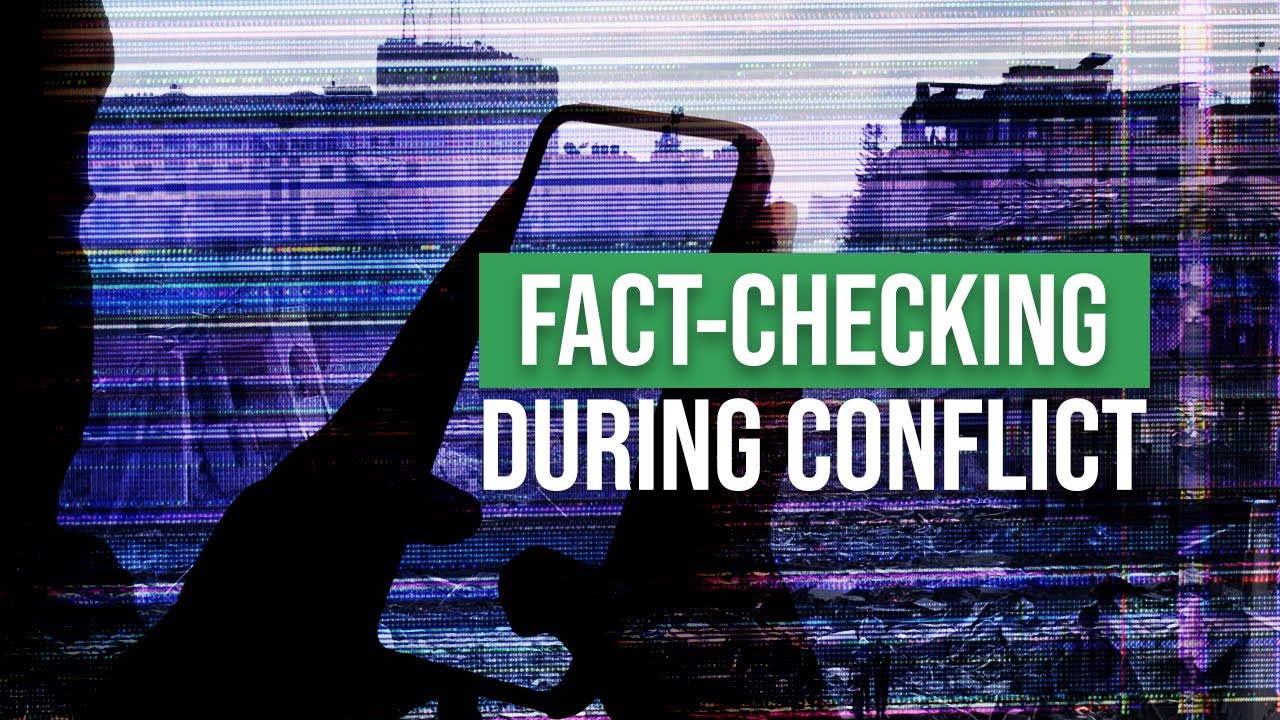The Death Toll in Gaza Is Fake or Exaggerated
The Gaza Ministry of Health collects data directly from hospitals, morgues, clinics, and emergency responders. Each case is logged with names, ID numbers, ages, and gender. During the war, officials have released comprehensive casualty lists, on October 27, 2023, for instance, they published a 212-page list of 6,747 named fatalities, including personal details. No evidence has emerged to indicate widespread fabrication of this list.
By March 2025, the death toll surpassed 53,000, with over 15,600 of the victims being children, more than 31% of the total. These numbers are not merely estimates. They have been reviewed by third parties:
Just Give Back the Hostages and This Will All Stop
From the outset, military operations were not limited to hostage recovery. In fact, they put the hostages in greater danger. On October 9, Defense Minister Yoav Gallant announced a “complete siege” of Gaza—cutting off water, fuel, electricity, and food to 2.3 million people, including the hostages themselves.
The scale of destruction far exceeds what would be expected in a tactical rescue campaign:
They Started It on October 7
Gaza has been under Israeli blockade since 2007, long before the October 7 attack. This blockade has been described by the United Nations as creating conditions of an “open-air prison” for over 2.3 million people, the majority of whom are refugees from earlier conflicts.
Before October 2023:
There Are No Innocent Civilians in Gaza
As of early 2025, 65–70% of those killed have been women and children, according to verified UN data. Suggesting that a child pulled from the rubble somehow deserved this fate because of where they live is not only morally indefensible, it is a violation of international humanitarian law.
Hamas Hides Among Civilians, So Civilian Deaths Are Unavoidable
Even if militants are present in civilian zones, the attacking force is still required to:
Examples of likely disproportionate attacks include:
What About Hamas’s War Crimes?
Conclusion: Distinguishing Truth from Justification
The death toll is real and verifiable. The war has exceeded any boundaries of proportional response.
This article does not excuse Hamas’s actions. It simply asserts that no party can use the wrongdoing of another to escape accountability for its own.
In a world that values justice, the test is not how we treat our friends, but how we treat the powerless, especially when we hold the power to destroy.

